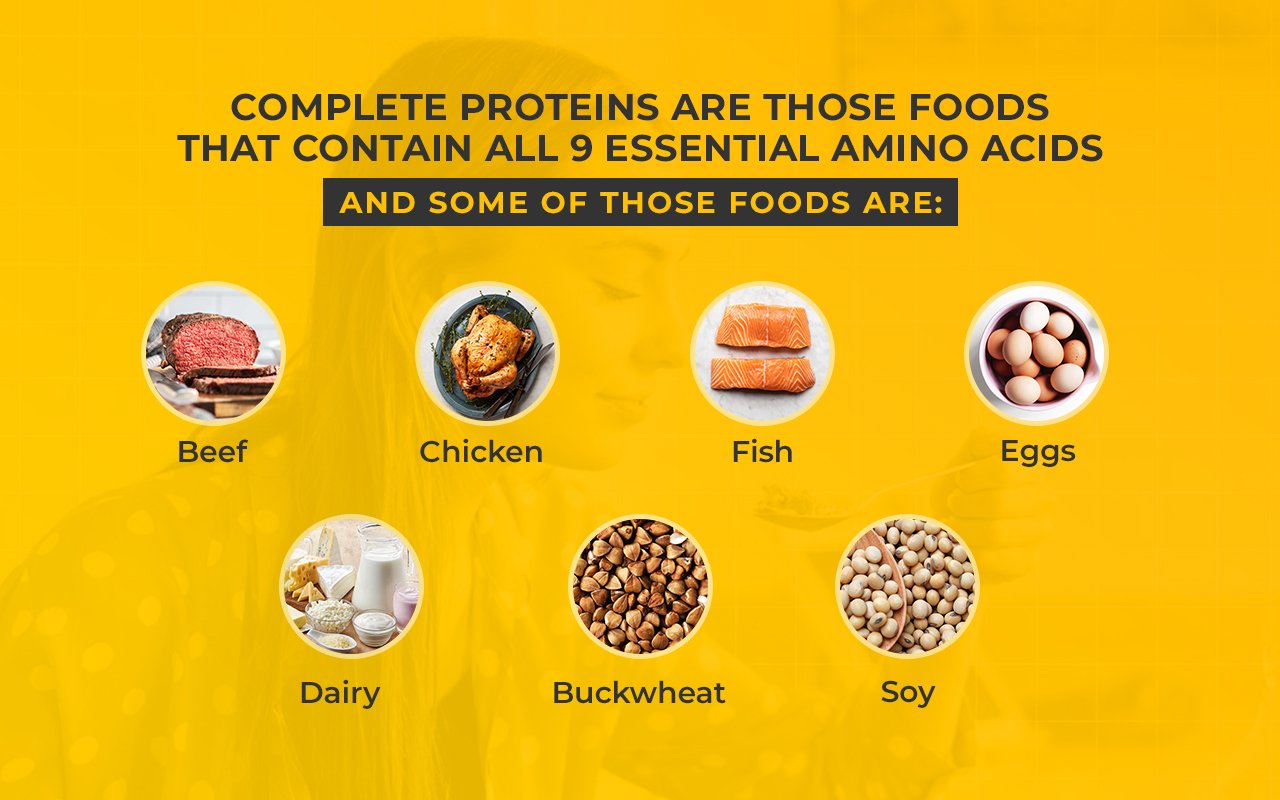Top 5 Protein Myths Debunked by Real Science
Protein is an essential macronutrient that plays a vital role in building and repairing tissues, producing enzymes and hormones, and supporting a healthy immune system. However, there's much misinformation and uncertainty surrounding protein and its intake. This blog post will debunk the top 5 myths related to protein and protein intake.
Myth #1: You Can Only Absorb a Limited Amount of Protein
The first protein myth is that you can only absorb a certain amount of protein at a time. The truth is, there's no limit to the amount of protein you can consume in one sitting. However, your body can only utilize a certain amount of protein to maximize muscle protein synthesis. Consuming excessive amounts of protein won't necessarily lead to greater muscle growth, but it could cause digestive issues like diarrhea if your body can't process it efficiently.
Pro-tip to maximize muscle protein synthesis:
You need 25-40 grams of protein per serving to maximize muscle protein synthesis.
It is essential to get leucine in the following amount: 2.5-3.5 grams per serving to boost muscle protein synthesis.
Myth #2: Protein Causes Cancer
The second protein myth is that consuming too much protein can cause cancer. This is untrue, as no evidence links high-protein diets to an increased cancer risk. On the contrary, research has shown that consuming higher amounts of protein can reduce the risk of certain cancers.
A systematic review published in the BMJ examined 22 studies of more than 500,000 people and concluded that a higher protein intake was associated with a lower risk of all-cause mortality.
Myth #3: You Cannot Build Muscle with Plant Protein
This is another myth that needs to be debunked. Plant-based proteins can be as effective for building muscle as animal proteins if you get enough of them in your diet. The key to success here is variety and getting enough protein from various plant sources, such as legumes, nuts, seeds, and grains. If you combine plant proteins perfectly, you will get results similar to those of people who consume animal protein products.
So, the truth is that you can build muscle on a plant-based diet, but it requires a lot of effort and planning to get the exact profile of essential amino acids in sufficient protein quantities.
Pro Tip: If you consume a plant-based diet, introduce a plant-based protein that represents a mix of different protein sources like pea protein, rice protein, and hemp protein.
Myth #4: High-Protein Diets are Bad for Your Kidneys
People with healthy kidneys can safely eat more protein without any adverse effects. Research has shown that people with pre-existing kidney conditions may benefit from reducing their protein intake, but this does not apply to those who have healthy kidneys and do not have a history of kidney disease. So, the myth that high-protein diets are bad for your kidneys can be debunked.
Studies done over 8-12 months on healthy individuals consuming above 2.43 up to 3.4 grams of protein daily have shown no adverse reactions and positive outcomes regarding weight loss and body composition improvements.
Myth #5: High-Protein Diets Cause Inflammation
This is another myth that needs to be debunked. Research has shown that consuming excess protein does not increase inflammation or cause any adverse health effects. Higher protein diets are associated with longer periods of satiety and even better health outcomes. Sugar and processed foods are linked to increased inflammation, not excess protein intake.
Few studies and reviews support high protein intake.
What are amino acids, and what does it mean when we say "essential amino acids profile?"
Amino acids are the building blocks of proteins. The nine essential amino acids are ones our bodies cannot produce independently and must come from food sources or supplements. Twenty different amino acids contribute to many bodily functions.
The amino acid profile is essential in muscle protein synthesis because suitable amino acids in the correct ratios can lead to optimal muscle growth. When looking for a protein source, it's important to look at its essential amino acid profile and ensure you're getting enough of them.
To find out more about protein, check the blogs below:
If you need help structuring a meal plan or want to have someone who can teach you how to make the right food choices and act as an accountability coach who will help guide you toward your goals, check out our nutrition coaching services!
For personal and online training services, check out the links below:
Conclusion:
Many myths about protein can lead people to eat insufficient amounts of this essential nutrient, further impairing muscle building and preservation and negatively impacting a healthy immune system. It's easy to get confused with so many myths out there. I hope this blog clarifies some of the most common misconceptions regarding excess protein consumption, animal and plant proteins, etc. Check the links above if you are wondering which protein-rich foods to introduce to your diet and whether you need protein powders.
Please share this article with anyone who might benefit from it! Thanks for following Fortius Dubai!
Learn more with Dubai’s Leading training and nutrition blog:
#Stay Strong
#BeFortius




